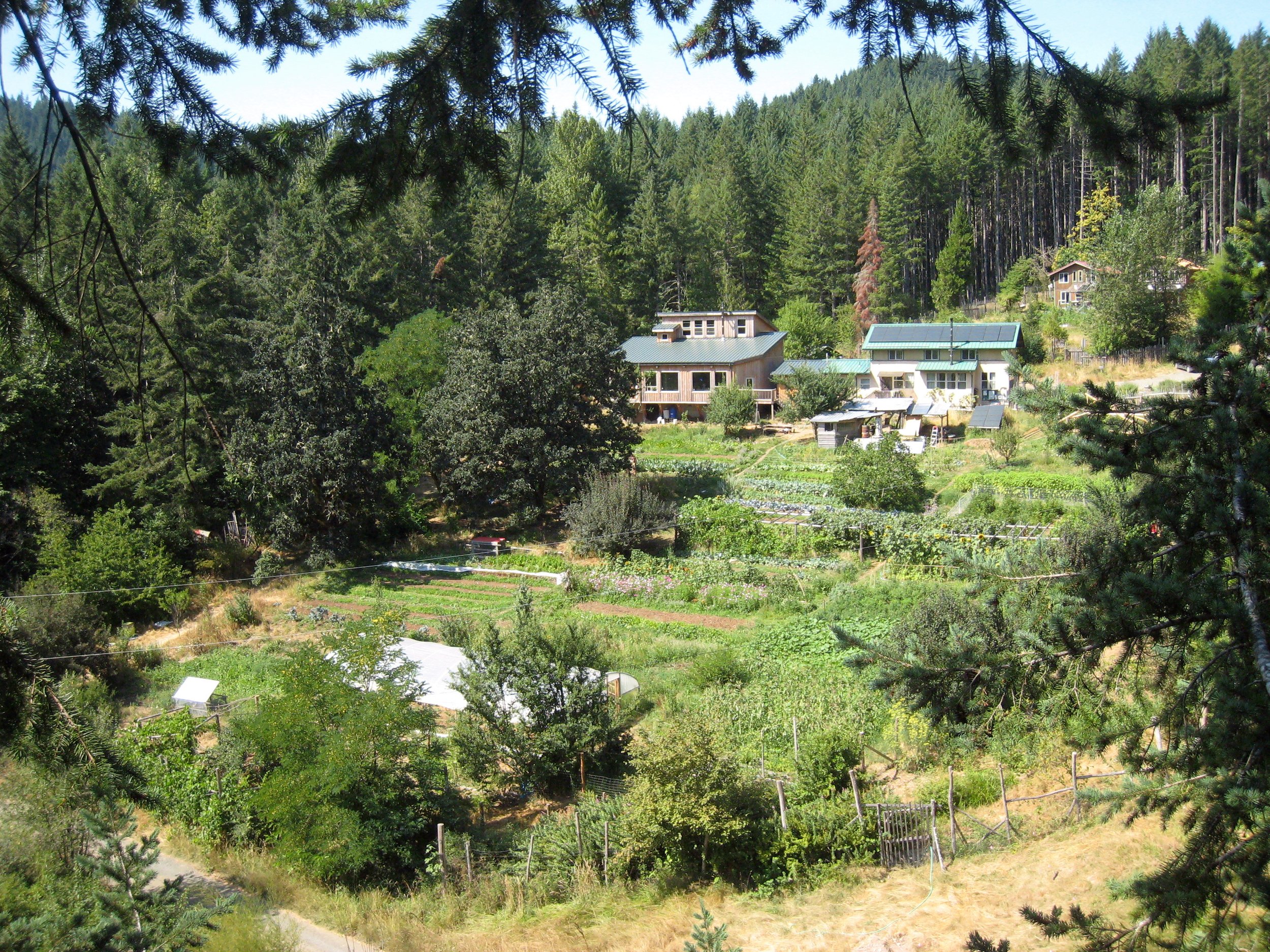
Our Mission
To create and strengthen pathways to rural livelihoods that harmoniously advance social, economic and ecological resilience.
Our Social Vision
A vibrant, interdependent local economy that provides meaningful and remunerative livelihoods, encourages the recognition of our common humanity, and regenerates our ecological and social commons.
Our Values
Resilience
We build social and economic resilience for the local community and for the land on which the community resides.
Listening to the Land
We believe that the land interweaves time and space, being and non-being, rhythm and melody. We are committed to deeply listening to the embodied marks of the past in the layers of soil and rock below our feet; to the windy breath of the present moment; and to the future alive in the distant horizon where sky and earth meet.
Alliance Building
We understand and help build up the complex, vital links between communities, local ecology, and the economy.
Social Ecology
We transcend the seemingly fixed conceptions of human and non-human nature to approach a creative synthesis that embeds economics within ecology, agriculture within culture, and ecosystems within social relations.
Inclusion and Equity
We proactively work against settler colonialism, systemic racism, heteronormative patriarchy, and structural poverty to increase wealth-building opportunities for marginalized, objectified, and alienated communities.
Open-Heartedness
We are committed to keeping open hearts regardless of physiological, social, and political impulses to do otherwise. We recognize this work can be emotional, complex and carry historic and cultural implications.
